Christchurch is the main gateway to the South Island and the stepping off point for exploring the South. The following all-embracing tour of Southland, Otago and the West Coast encompasses most of the important tourist destinations en route.
Christchurch – Dunedin (1 day)
Leaving the ‘Garden City’ on S.H.1 (South) you soon cross the Rakaia River, the first of many wide, braided rivers that drain the fertile Canterbury Plains. The Rakaia is spanned by New Zealand’s longest bridge (1.75 km) and its multiple channels attract trout and salmon fishermen from far and wide.
Ashburton is noted for its magnificent stands of trees planted by pioneer settlers as they brought the vast plains into production. Tinwald has an interesting Plains Pioneer Village and Railway Museum, and Geraldine a Vintage Car Museum. Timaru has an historic precinct preserving fine old buildings, plus the notable Aigantighe Art Gallery and Sculpture Garden. Timaru’s Caroline Bay has trendy cafés and fine restaurants. Stroll along the foreshore at sunset, take a boat cruise or ramble in the largest rose garden in the Southern Hemisphere.
Oamaru, known as ‘The White Stone City’ has the finest collection of historic commercial buildings in New Zealand. The local limestone has the remarkable quality of being both soft and durable. It is sawn at the quarry and hardens when exposed to the atmosphere. Visit the special Harbour and Tyne Street precincts to marvel at the stately buildings. Oamaru has beautiful public gardens and colonies of rare little blue penguins and yellow-eyed penguins.
The road to Dunedin offers great ocean views, good beaches and at times a glimpse of resident dolphins. A brief side trip to Moeraki is recommended to view the amazing spherical boulders scattered over the beach. They formed their symmetrical shape by gradual concretion as mineral deposits formed around a nucleus, similar to the growth of an oyster pearl. These ‘Devil’s Marbles’ began their life around 60 million years ago and weigh several tonnes.
Dunedin, the ‘Edinburgh of the South’ was settled by hardy Scots, and still celebrates its proud heritage with haggis ceremonies, highland pipe bands and locally made whiskey. Huge wealth flowed into the city from the Otago goldfields in the 1860’s and the legacy is magnificent grey stone architecture. Check out the Renaissance style Railway Station, Gothic Law Courts and First Church. Visit the Octogon where Robbie Burns sits stonily on his monument and welcomes visitors to the city. Take a walk/run up the steepest street in the world (Baldwin Street). This university town is famous for its boisterous student party scene. Sweeten your taste buds on the Cadbury Chocolate Factory tour, or sample a bitter brew at Speights Brewery, and absorb some genuine old world charm at Olveston House. Drive out to the wild Otago Peninsula to tour Larnach Castle and visit the yellow-eyed penguin and royal albatross colonies.
Dunedin – Queenstown (½ day)
Drive south on S.H.1 to Clarksville where you take S.H.8 to Lawrence and Gabriel’s Gulley (the site of Otago’s first gold discovery in 1861).
Further on are the historic gold towns of Roxburgh, Alexandra and Clyde, now part of an extensive fruit growing area. Soon you enter Cromwell where the Kawarau river meets Lake Dunstan. Sample the delicious stone fruits in Cromwell and visit the Kawarau Goldfields Mining Centre to view gold workings on an actual mining site. Wander through the Bannockburn sluice tailings for another perspective on the feverish gold mining era. These two sites and 20 others form the Central Otago Goldfields Trail, a journey of exploration that can occupy several enjoyable days. Local Visitor Centres have informative booklets on the Trail.
Continue through the gorge to the famous Kawarau Suspension Bridge, the site of the world’s first commercial bungy jump. This is a chance to test your nerve leaping into space with a latex umbilical cord attached to your ankle. It’s as easy as falling off a log, just a little further! The next stop, Arrowtown, provides picture-perfect views of its carefully preserved main street of historic buildings and cottages. Try panning for gold in the Arrow River – you are bound to find traces of the precious metal in the black sands.
Travel beside Lake Hayes and Frankton Arm to enter Queenstown, ‘The Adventure Capital of the World’. Queenstown is a wonderful playground for adrenalin junkies, trampers, gold prospectors, photographers, painters, poets, wine-lovers, jet boaters, golfers – the list is endless. The town earns its grandiose title by providing over one hundred outdoor pursuits, ranging from passive activities to ultimate extreme sports. Thrill seekers flock here from around the world to test their nerve and hand-eye coordination skills on the ski slopes, in the air, on land and water. There are no boundaries here – it’s right off the edge.
Kiwis like to ‘have a go’ at things and that’s the Queenstown spirit. Ride the Skyline Gondola and the luge, admire the breathtaking views, jet boat the Dart, Shotover and Kawarau rivers or cruise Lake Whakatipu on the TSS Earnslaw. Travel into Skippers Canyon, take a thrilling helicopter flight with a glacier snow landing, or drive up to Glenorchy and Paradise. Visit local vineyards, restaurants, bars and cafés. At the end of all this frenetic, heart-stopping action take time to absorb the atmosphere and scenery of this place – it is one of New Zealand’s most beautiful locations.
Queenstown – Milford (1 day)
Head south on S.H.6 alongside the southern arm of Lake Whakatipu to the peaceful village of Kingston, where you can relive the excitement of steam-train travel on the Kingston Flyer. Travel on through Five Rivers and Mossburn to Te Anau, acclaimed as the ‘Tramping Capital of New Zealand’ (a number of our Great Walks are easily accessed from here). These are the Kepler, Milford, Hollyford, Routeburn, Greenstone, Caples and Mavora Lakes Tracks. All of these provide a memorable experience of wilderness tramping and qualify as some of the best treks in the world. Te Anau has a Wildlife Centre and magnificent glow-worm caves. Include a side trip to Lake Manapouri, which offers a launch cruise to an amazing underground Power Station and an unforgettable excursion on Doubtful Sound.
The Milford Road is a scenic highway that simply takes your breath away. Eglinton Valley is full of pleasant surprises in the form of avenues of beech trees, golden tussock flats, mirror lakes, stony creeks and lovely picnic spots. Once over ‘The Divide’ you have the option of a side trip to explore the Hollyford Valley (Lake Marion, David Gunn’s Camp and the Hollyford Track).
Approaching the Homer Tunnel you are aware of towering peaks, hanging valleys and vertical rock faces that dwarf the road. Emerging from the western portal the vast Cledau Canyon opens up and you descend to a car park. This leads to a short walking track and a view of The Chasm (a series of cascades under a natural bridge).
Milford Sound is the crowning glory of the vast remote wilderness of Fiordland National Park, a virtually uninhabited World Heritage Area. The Sound is dominated by the mile-high triangular form of Mitre Peak – a focal point of the many different moods expressed by this place. On a calm sunny day the Peak is reflected in the still waters in an unsurpassed scene of peace and tranquillity. But when the skies open up (the annual rainfall is 7 metres) the sheer rock walls of the fiord become an endless curtain of swirling mist and cascading water – an unforgettable sight.
Take a launch cruise on Milford Sound for close encounters with delightful marine life such as southern fur seals, bottlenose and dusky dolphins and Fiordland crested penguins. Harrison Cove has an underwater observatory, which reveals deep-sea creatures including black coral.
Milford – Wanaka (1 day)
Return to Te Anau and Queenstown via S.H.94 and S.H.6 and take the road from Arrowtown over the Crown Range to Wanaka. En route visit the historic goldfields pub at Cardrona, which has been carefully restored to its former glory.
Wanaka is a charming alpine village that offers visitors the best of both worlds – a summer holiday haven with a wealth of outdoor activities in idyllic surroundings and a top-line winter sports resort. Two ski fields, Treble Cone and Cardrona are close by, offering perfect powder snow and views to die for.
If time permits take a day’s excursion up the Matukituki Valley. This straight gravel road penetrates far into the glorious Mt Aspiring National Park and the views of Mt Avalanche just get better as you go. At Raspberry Flat there are several tramping options that open up dramatic alpine vistas as you climb. Aspiring Hut is accessible from here and Rob Roy Track leads onto steep spurs that take you into the heart of an alpine wonderland. The alpine world doesn’t get better than this.
Wanaka – Franz Josef (1 day)
Drive over the Clutha Bridge to Albert Town and continue on S.H.6 above the shores of lovely Lake Hawea. Before long you pass through a cutting to emerge above Lake Wanaka surrounded by an endless succession of mountain peaks. Stop briefly at Makarora for a short stroll through native bush.
Carry on to the dramatic boulder strewn gorge at the Gates of Haast and descend to a car park where a short walk leads to Thunder Creek Falls. Continue on to enjoy the eye-catching alpine views where the Landsborough River unites with the broad shingle bed of the Haast River. The glorious views don’t stop until you emerge onto the coastal plain at Haast, where you can preview the West Coast scenic delights at an excellent Visitor Centre.
The first distinctive feature on the coast road is Knights Point lookout, which gives a taste of the dramatic sea views to come. Two peaceful forest lakes follow as the road wends its way to Fox Glacier township. Explore the short forest walks like the Minnehaha and Moraine Walks and stroll up to the terminal face of the Fox Glacier. A ‘must see’ attraction here is Lake Matheson whose deep blue waters produce wondrous reflections of Mt Cook and Mt Tasman. Don’t miss this picture-perfect postcard scene.
Franz Josef township and glacier are 20 km north of Fox on a winding road with glimpses of high peaks. Take the glacier access road to the car park and walk to Sentinel Rock for an initial view of the giant river of ice. The rough boulder track to the terminal face takes around 45 minutes. Half-day guided glacier tours are a great way to appreciate the grinding power and raw beauty of the glacier. Full day walks on the ice, heli-hikes and ice climbing instruction are available. A helicopter scenic flight over the glaciers and Mt Cook is the ultimate sightseeing experience. It’s an alien world of eternal snows and thrusting summits, but exceedingly beautiful to behold.
Franz Josef – Greymouth (½ day)
Continue north on S.H.6 passing the historic gold town of Ross and the once thriving port of Hokitika, which has an excellent aquarium called Water World. Shantytown further north is a reconstruction of an 1860’s goldfields town complete with a bush railway. Try your luck panning for the precious metal and take away a phial of the genuine shiny stuff. Greymouth is the main commercial centre on the Coast and the terminal for the Tranz Alpine Scenic Railway.
Greymouth – Christchurch (1 day)
Take S.H.6 down to Kumara Junction and turn onto S.H.73, which follows the Taramakau River and Otira River to Arthur’s Pass. There are great opportunities here for walking in high alpine meadows.
The road continues through Castle Hill and Porters Pass before descending to the plains and leading back to the many attractions of the ‘Garden City’ of Christchurch.

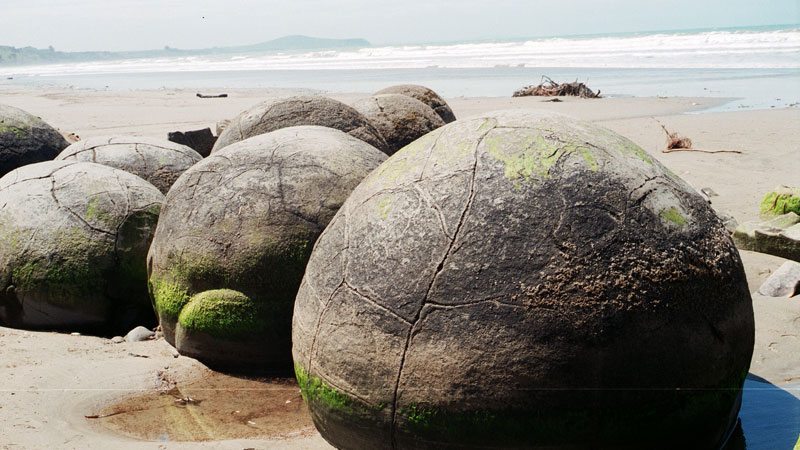
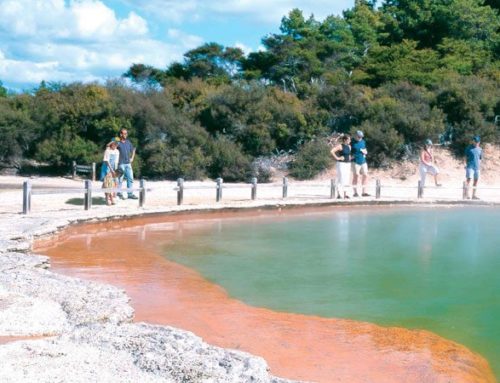
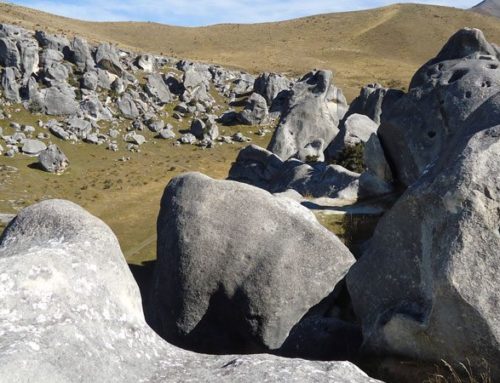
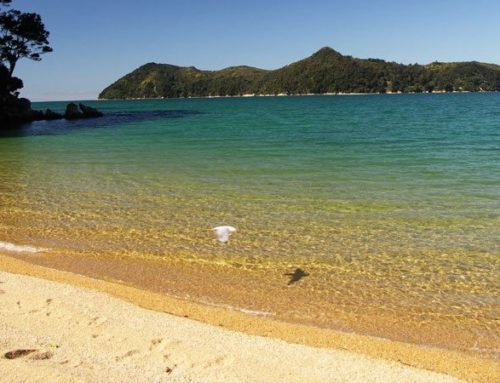
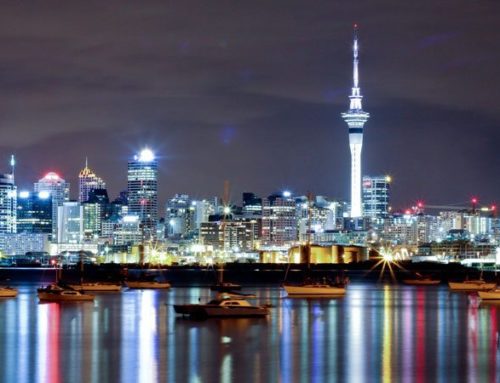
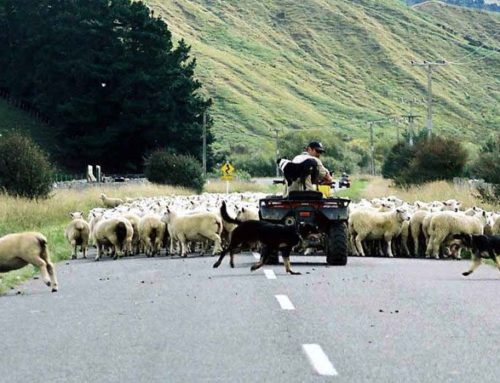
Leave A Comment